Sustainable Workplace Design
Accreditation and beyond
Sustainability and workplace wellbeing have become key strategic considerations for many organisations on the back of the climate crisis and Covid-19 pandemic.
With a dramatic increase in demand for spaces with environmental integrity and sustainability-conscious interior design, we highlight here why it makes sense to take a holistic approach to the design of our internal environments.
Prioritising sustainable interior design in the workplace not only has a positive impact on the environment, it can also have a dramatic positive impact on client finances; construction costs can be lowered according to World Green Building Council[1], asset value increased[2] and occupancy rates optimised. A sustainable workplace also serves to strengthen a company’s Environmental Social Governance Strategy (ESG), an area that is attracting increased attention across public and private sector organisations alike. Indeed, it can be a strong tool for differentiating an organisation’s offering within an increasingly competitive market. The new workforce is seeking workplaces with strong environmental credentials and high quality, healthy internal environments. These considerations are key considerations for employee attraction and retention.
Closely linked to sustainability, the wellbeing of workplace occupants is another area attracting increased focus in recent years, especially in light of Covid 19. A recent report[3] highlighted that 828,000 workers in Great Britain suffered from work-related anxiety, stress or depression from 2019-2020, resulting in the loss of 17.9 million working days across the same period. An environmentally aware design can positively affect employee happiness, which directly links to worker productivity. Healthy and happy employees are thought to perform better and are more likely to be highly engaged.
Before starting to fit-out your workplace, it is worth noting that choosing a building that currently has or has been designed to have an environmental or wellness accreditation which meets or exceeds your own company’s gaols and aspirations. TODD Architects has vast expertise both in the design of sustainable buildings from conception through to completion as well the fit-out of existing buildings to meet the highest industry standards.
Accreditation
There is a range of sustainability accreditation systems worth considering within a workplace environment. While they all differ in their exact criteria, they each serve as useful tools when it comes to setting clear goals and striving towards them. They also ensure processes are in place to verify environmental and wellbeing performance, creating a crucial mechanism for this information to be shared with third parties.
LEED certification
Leadership in Energy and Environmental Design (LEED) certification is one of the most commonly used building rating systems in the world. It effectively helps developers provide ‘healthier’ more efficient buildings that make use of sustainable materials and processes.
The ratings are based on CO2 reduction, water efficiency, energy savings and indoor environmental quality. The system breaks down into four distinct levels; Certified (40 to 49 points); Silver (50 to 59 points); Gold (60 to 79 points); and Platinum (80+ points).
BREEAM
BREEAM, The Building Research Establishment (BRE) Environmental Assessment Method lays out best practice standards for the environmental performance of buildings through design, specification, construction and operation. It is a thorough assessment that impacts most parts of a construction project. In terms of scores, it has a wide range moving from unrated to excellent. BREEAM is well-established and is recognised globally. While it is well suited to standard project categories like workplace, education, healthcare, retail etc it also offers customised schemes for atypical projects.
BREEAM assessment is carried out by licensed assessors based on a scoring scheme across 9 criteria; 1. Energy; 2. Land use and ecology; 3. Water; 4. Health & wellbeing; 5. Pollution; 6. Transport; 7. Materials; 8. Waste; 9. Management. Scores are then translated into the following scores: Unclassified, Pass, Good, Very Good, Excellent, Outstanding.
TODD Architects designed and oversaw the fit-out of ARM Technology’s commercially focused ‘Scandi style’ office in Belfast which achieved BREEAM Excellent. Located within an 8 storey BREEAM building, the Excellent BREEAM score aligned with the base build accreditation and company’s sustainability aspirations.
Todd Architects also oversaw the fit-out of AIB Belfast. Here the client required BREEAM Very Good rating (55%), however client’s requirements were surpassed with an overall score of 60%, representing a successful, healthy margin. The project performed particularly well in Transport and Water due, respectively, to excellent facilities for cyclists (as well as the inner city location) and specification of water-efficient sanitary appliances. Overall, the project also performed well under Management, Health and Wellbeing, Energy, Materials and Pollution, benefiting from a coordinated approach between the client and design team from an early stage.
Wellbeing accreditation
Aside from the ethical reasons why it is important to promote the physical and mental wellbeing of employees in the workplace, positive wellbeing measures have been linked with increased presenteeism, enhanced perceptions amongst potential employees, increased productivity as well as decreased overheads due reduced staff turnover etc.
With the average person spending approximately 90% of their time indoors, workplace wellbeing is crucial when it comes to providing a supportive and innovative work environment. Wellbeing may seem like a broad term that is difficult to quantify, but WELL certification is a leading tool for improving human experience through design.
NABERS
Currently aimed at offices, NABERS (formally known as Design for Performance) is a new initiative in the UK which was launched by The Better Buildings Partnership and is now included within the British Council for Offices Guide to Specification. Broadly speaking it is an energy rating scheme which captures an office’s in-use energy / carbon emissions. Proponents argue that this is vastly different to the carbon emission profile of a building at design stage i.e., a building which might achieve and EPC A rating at design stage, if measure in terms of ‘actual’ performance, often does not attain even close to this accreditation.
In Australia, where NABERS was introduced in 1998, the initiative is celebrated as reducing the energy usage of the office sector by 50%. What’s more the star rating down under has become integral to the understanding of the quality of the office – and as such has added a market premium of approximately 20% to high performing offices. Implementation at design stage (a formal process of iterative review and design development) also allows an office building to be tailored much more intuitively to its users’ needs.
In the context of a rapidly evolving and competitive office market – and a move towards reducing carbon emissions – Developers and Landlords are quickly realising that NABERS not only offers a USP, but a means of reducing their overheads and having far more control over how their buildings are utilised.
Wellbeing accreditation
Aside from the ethical reasons why it is important to promote the physical and mental wellbeing of employees in the workplace, positive wellbeing measures have been linked with increased presenteeism, enhanced perceptions amongst potential employees, increased productivity as well as decreased overheads due reduced staff turnover etc. With the average person spending approximately 90% of their time indoors, workplace wellbeing is crucial when it comes to providing a supportive and innovative work environment. Wellbeing may seem like a broad term that is difficult to quantify, but WELL certification is a leading tool for improving human experience through design.
WELL
The WELL standard[4] was developed by the International WELL Building Institute. Project teams can use the standard to create succinct scorecards that are customised to a specific project, meaning priority can be given to the specific areas the client wants to focus on. The following categories are used to achieve a WELL standard: 1. Air; 2. Water; 3. Nourishment; 4. Light; 5. Movement; 6. Thermal comfort; 7. Sound; 8. Materials; 9. Mind; 10. Community.
TODD Architects works closely with clients to meet and exceed their expectations when it comes to producing wellbeing enhancing interior designs. For example, the Practice worked closely with Highways England, Birmingham to meet and exceed their wellbeing aspirations in the workplace by closely aligning the design to current WELL standards. Highways England HQ, Birmingham encompassed a total review of workplace strategy for the client and design of a new circa 150,000 sqft office HQ Fit Out. The design incorporated the latest thinking in collaborative and agile working and the use of flexible furniture. Biophilic design formed a key element of the project through the inclusion of full-size trees and foliage within the lobby to enhance air quality and a natural sense of tranquillity.
Biophilic design ‘paybacks’
Biophilic design techniques can be incorporated into any existing office with little disturbance by adding plants (natural and artificial), graphics and artwork depicting natural environments. Even shapes, colour and texture of natural elements can have a positive impact on employee wellbeing, whilst natural planting can improve air quality.
Within our industry, Biophilic design techniques are increasingly becoming recognised as a necessity rather than a design preference. Why? Research proves that ‘biophilic paybacks’ are substantial. According to a report[5] led by organisational Professor, Sir Gary Cooper titled “The Global impact of Biophillic Design Within the workplace”, Biophillic design is linked to: 1. An 8% increase in productivity; 2. A 13% increase in creativity; 3. Reduced absenteeism.
These ‘paybacks’ are not limited to the workplace; for example:
- Within hospitality design, research proves that guests are willing to pay 18% more for rooms with views of biophilic elements[6].
- Rates of learning within education spaces increase by 20-25% when biophilic design techniques are used. Similarly, test results, concentration and attendance levels improve whilst the impact of ADHD decreases[7].
- Post-operative recovery times decrease and the requirement for pain medication reduces within healthcare spaces that provide a view of nature[8]
- Research within the retail sector shows that customers are willing to pay 8-12% more for goods and services when there is a presence of vegetation and landscaping[9].
- Access to nature has also been proven to influence anti-social behaviour with rates of crime decreasing in areas where homes have access to nature.[10]
With multi-discipline evidence demonstrating the positive impact of connecting humans to nature, it is more important than ever to consider ways to blur the divide between nature and the workplace through clever biophilic design techniques. According to Stephen R. Kellert[11] there are basic design principles that can be employed to foster beneficial outcomes through a) direct experience of nature and b) indirect experience of nature (see below).
Direct experience of nature: Light; Air; Water; Plants; Animals; Natural Landscapes and Ecosystems; Weather.
Indirect experience of nature: Images of Nature; Natural Materials; Natural Colours; Mobility and Wayfinding; Cultural and Ecological Attachment to Place; Simulating Natural Light and Air; Naturalistic Shapes and Forms; Evoking Nature; Information Richness; Age, Change, and the Patina of Time; Natural Geometries; Biomimicry
Wellbeing and Smart Workplace Principles
Wellbeing and Smart Workplace Principles were key considerations in the design process for Dentsu, Dublin, a workplace project by TODD Architects for a multinational media and digital marketing communications company. The delivery of this project within a short timeframe represented the client’s commitment to ensuring staff’s growth and wellbeing were aligned with their flexible post-covid return to work strategy. Using technology, biophilic design techniques, sustainable materials (recycling/upcycling) a flexible, dynamic, modern workspace was created which was a critical client requirement.
Through the implementation of Smart Workplace Principles, Denstu’s operations and life-cycle can now be closely monitored in an interactive way day-today. As part of the project, TODD Architects had the opportunity to create an intelligent building workspace that affordably delivered user-focused experiences designed for people, while utilising the very best in digital innovation. Through the use of workplace sensors – the bedrock of smart technology – we were able to implement a design solution that will reduce energy costs, save man hours and improve workplace comfort and morale. Here are some of the elements of a smart workplace that were incorporated into the Dentsu project:
- Motion sensor lights: To reduce energy costs by switching on/off as needed.
- Occupancy sensors: To prevent overbooking rooms and avoid disruption – floor and wall sensors can show a digital meeting room as “occupied”.
- Temperature sensors: To ensure HVAC functions operate efficiently and keep people comfortable.
- Carbon dioxide (CO2) sensors: To adjust and boost fresh airflow as required in conference & meeting rooms.
- Digital Room booking system: Wall mounted adjacent to meeting rooms, conference rooms, collaboration spaces and hot desks.
- Access control: For security and noting occupancy levels which in turn can be linked to the building management systems.
TODD Architects has extensive inhouse expertise in this valuable area and work collaboratively with key partners so that we are in a position to offer the full spectrum of solutions available in Sustainability Consultancy. Life Cycle Assessment and energy modelling services (NZEB included) enable the TODD team to develop an early design performance analysis workflow in order to work towards the new post-occupancy evaluation service and deliver solutions which far exceeds expectations.
Reducing embodied and operational carbon
Embodied and operational carbon are further considerations when it comes to measuring and reducing the carbon impact of a fitout. Operational carbon involves things like electricity, gas and other elements used in the process of heating, cooling, ventilation, lighting, hot water, computers, servers and other equipment within a building. Embodied carbon on the other hand is the total energy consumed in the production, delivery and installation of materials used in the fitout of a building as well as their removal / disposal at the end of their life-cycle. Energy consumed during the construction process accounts for circa 75% of its impact across the building’s lifetime.
Here are a few options for reducing embodied carbon in workplace fitout; 1. Reduce the use of materials that require large amounts of carbon to produce and replace with A+ materials in accordance with the Green Guide; 2. Use renewable natural or recycled materials where possible; 3. Use locally manufactured materials and local supply chains were practical; 4.
Make use of existing materials where possible, i.e. upcycle existing furniture etc. As part of our environmental commitments, TODD Architects work with our clients, design teams and contracting partners to advocate, access and design solutions which minimise embodied carbon.
When it comes to reducing operational carbon, consider ways to introduce passive rather than active design into your project; for example rather than using an air filtration system (active), consider making use of plants and foliage to help purify the air (passive). Similarly, rather than incorporating air-conditioning (active), consider ways to implement natural air flow through a building, making use of windows and air vents appropriately (passive). Solar blinds and films applied to glazing to reduce the impact of too much sun is another way to control heat without making use of an energy-consuming heating system.
Making use of the latest technology in smart building control and AI Learning will assist in reducing the carbon footprint of your building. Air handling and CO2 sensors to monitor floor demand help to redirect and redistribute air conditioning, whilst allowing a mix of natural and mechanical ventilation and heating. Lighting sensors to detect areas of the floorplan in occupation and those that are not will reduce the amount of unnecessary lighting in unoccupied areas. Remote monitoring will allow you to view the building when it is not in use and allow you to remotely disable and lower systems to reduce the electricity and heating in the spaces. Real time feedback can also be displayed, showing users the impact of their actions within the space. These IoT solutions (Internet of Things- meaning objects such as lightbulbs and heating systems embedded with sensors and connection and learning software) will learn and adapt to conserve electricity and heating, whilst reducing the carbon footprint of the space.
As outlined above, there are multiple components to consider when creating a sustainable workplace environment, it is crucial to take a holistic approach that considers: 1. Relevant accreditation aspirations; 2. Materials used and their carbon footprint; 3. The internal environment linked with employee wellbeing and Smart technology.
Looking to the future of sustainability design, the landscape appears to be shifting away from the more traditional approach where sustainability was integrated for compliance reasons towards a wider realisation that sustainability-focused designs are crucial when it comes to optimising immediate and future performance.
For more information on how TODD Architects can assist with creating a more sustainable workplace for your organisation, please get in touch.
Sources
- https://www.worldgbc.org/news-media/business-case-green-building-review-costs-and-benefits-developers-investors-and-occupants
- https://www.usgbc.org/articles/usgbc-partners-dodge-data-and-analytics-release-world-green-building-trends-report-2016
- https://www.hse.gov.uk/statistics/overall/hssh1920.pdf
- https://standard.wellcertified.com/well
- https://designfilm.com/wp-content/uploads/2020/07/human-spaces-report-biophilic-global-impact-biophilic-design.pdf
- http://interfaceinc.scene7.com/is/content/InterfaceInc/Interface/Americas/WebsiteContentAssets/Documents/Reports/Hosp-Human Spaces/wc_am-interfacehospitalityhumanspaces8252017.pdf
- https://www.oliverheath.com/insights-and-news/
- https://www.researchgate.net/profile/Roger-Ulrich-2/publication/17043718_View_Through_a_Window_May_Influence_Recovery_from_Surgery/links/00b4953a3febc6e176000000/View-Through-a-Window-May-Influence-Recovery-from-Surgery.pdf
- https://www.oliverheath.com/insights-and-news/
- https://newrepublic.com/article/126103/exposure-nature-may-reduce-crime-strengthen-communities
- https://www.biophilic-design.com/
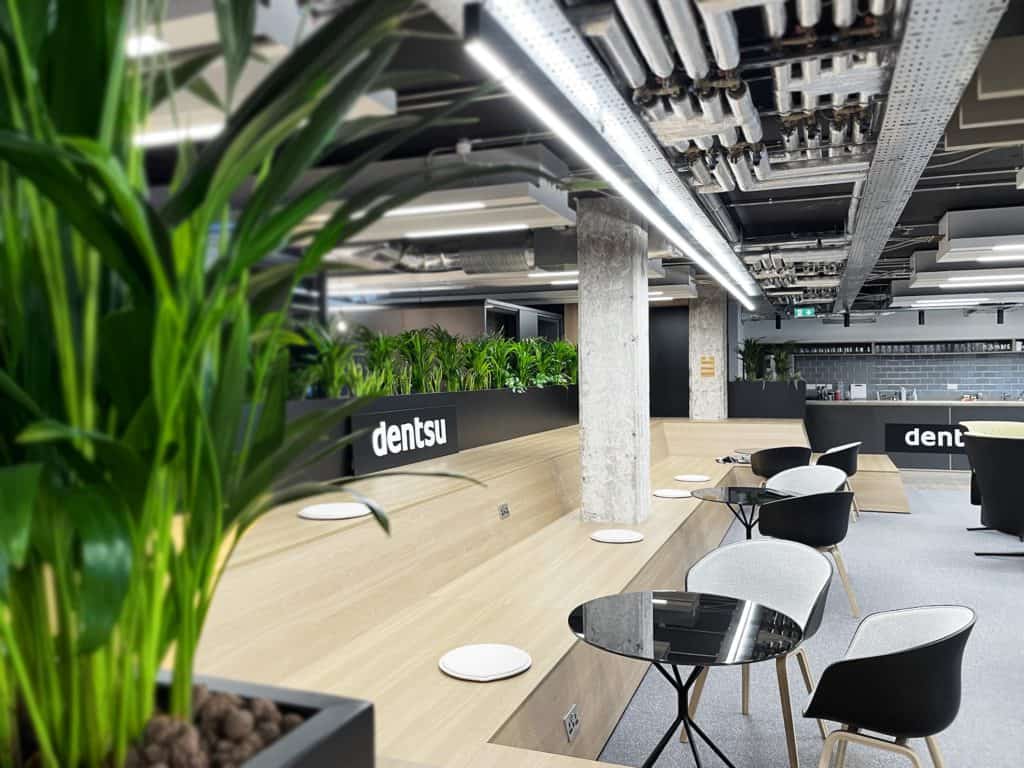
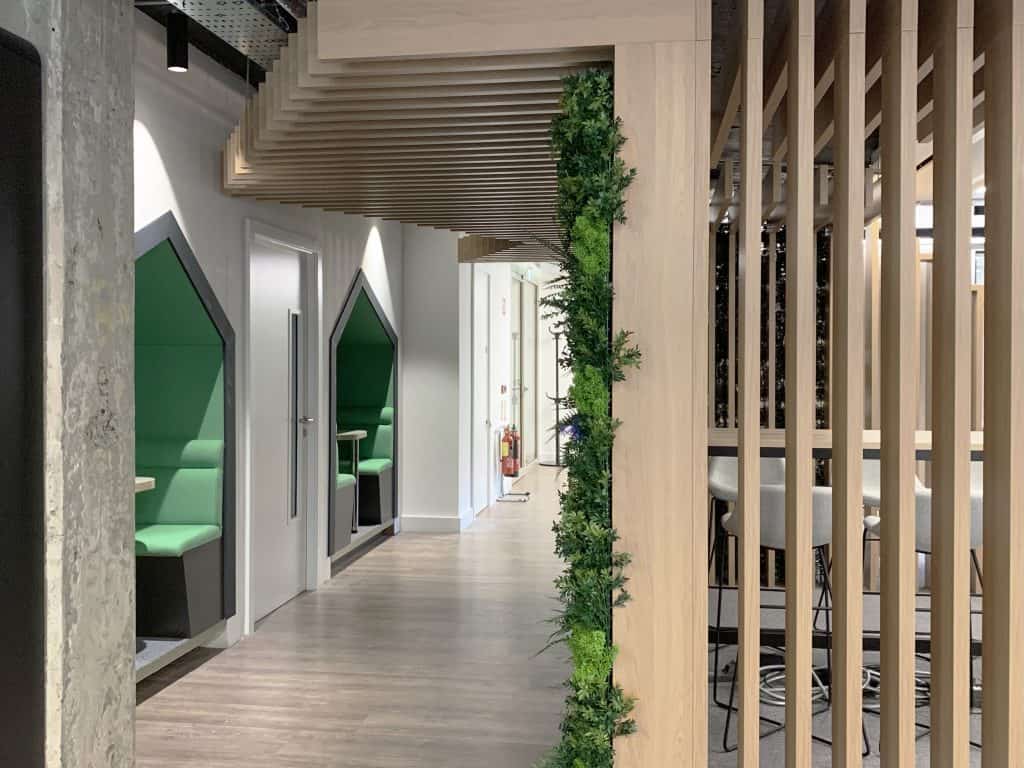
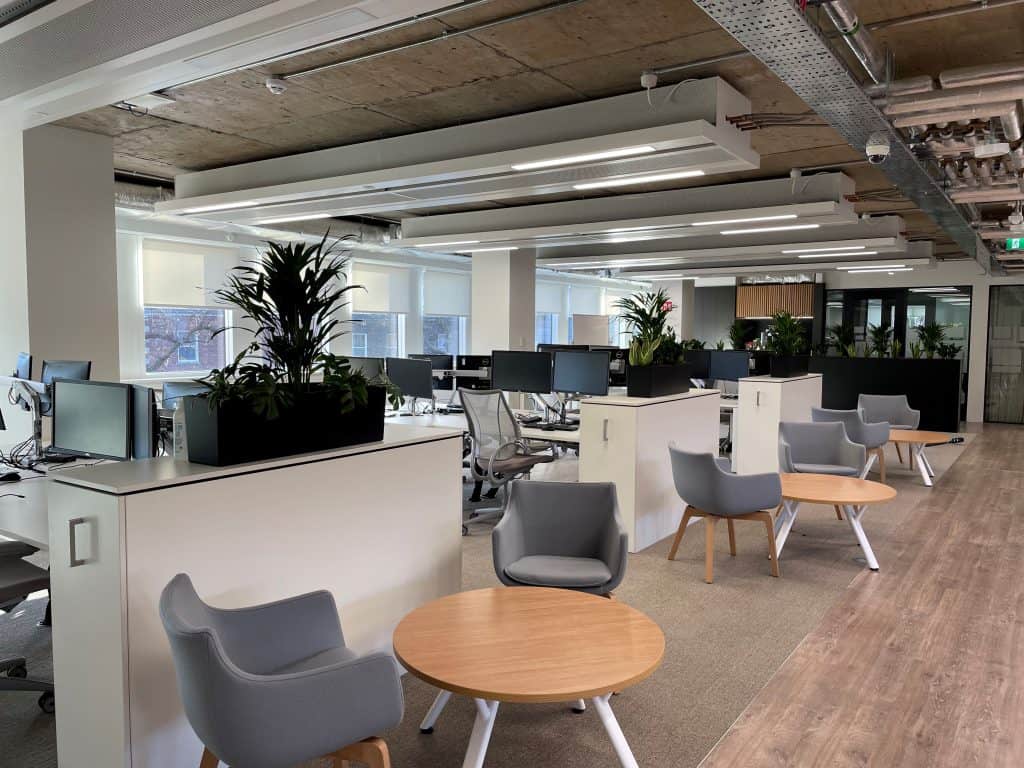
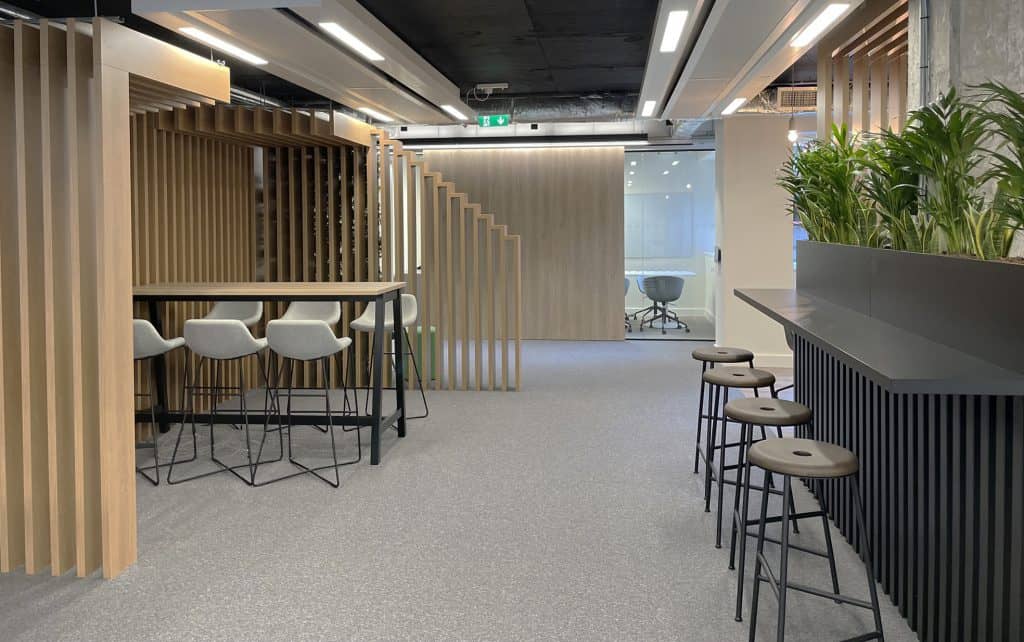
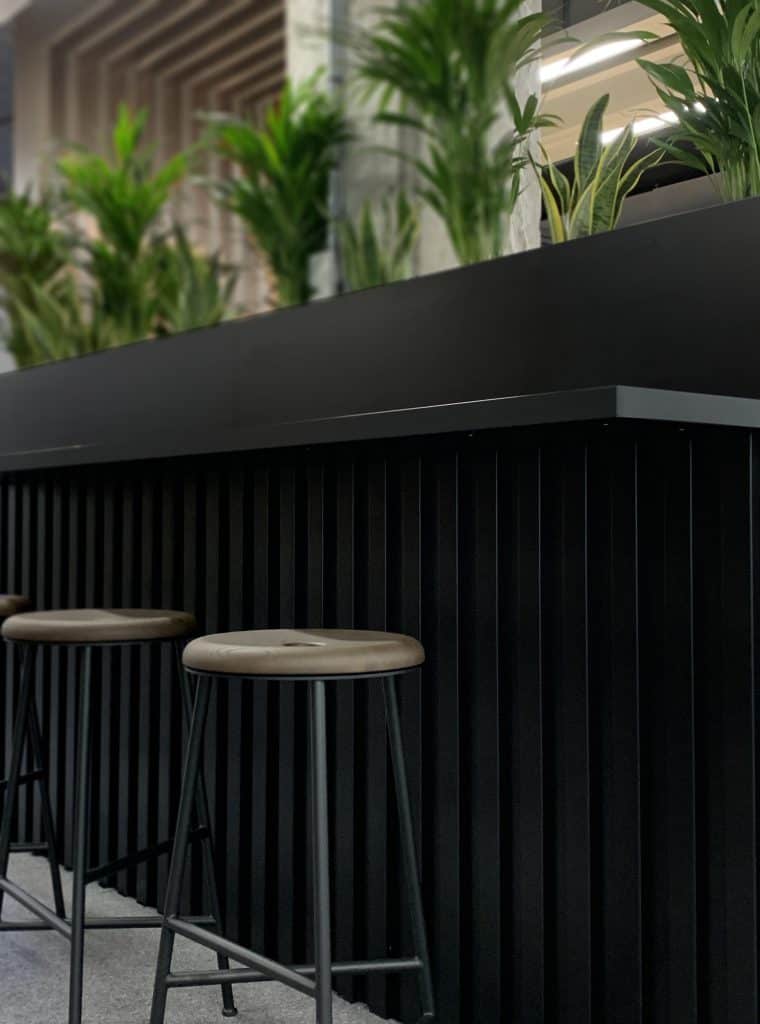
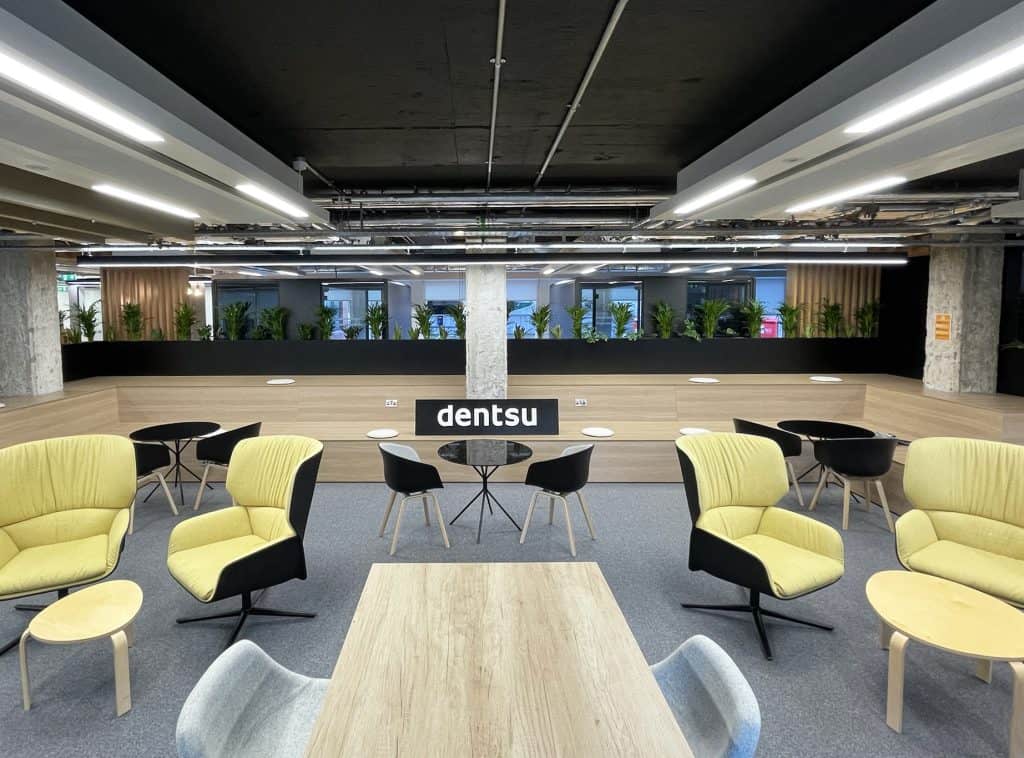
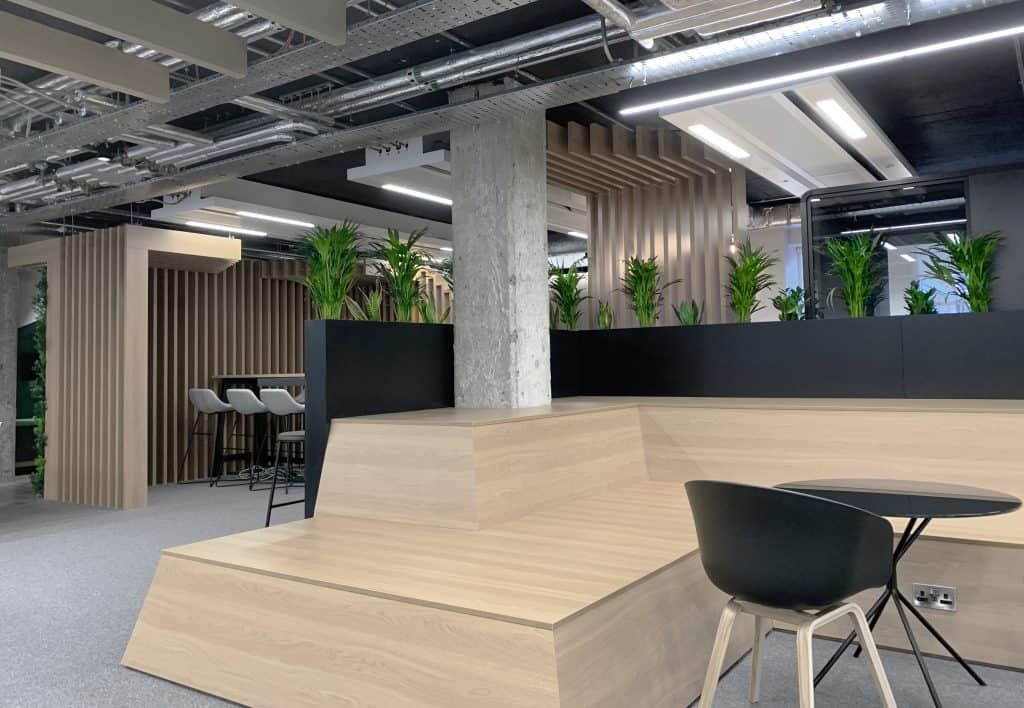
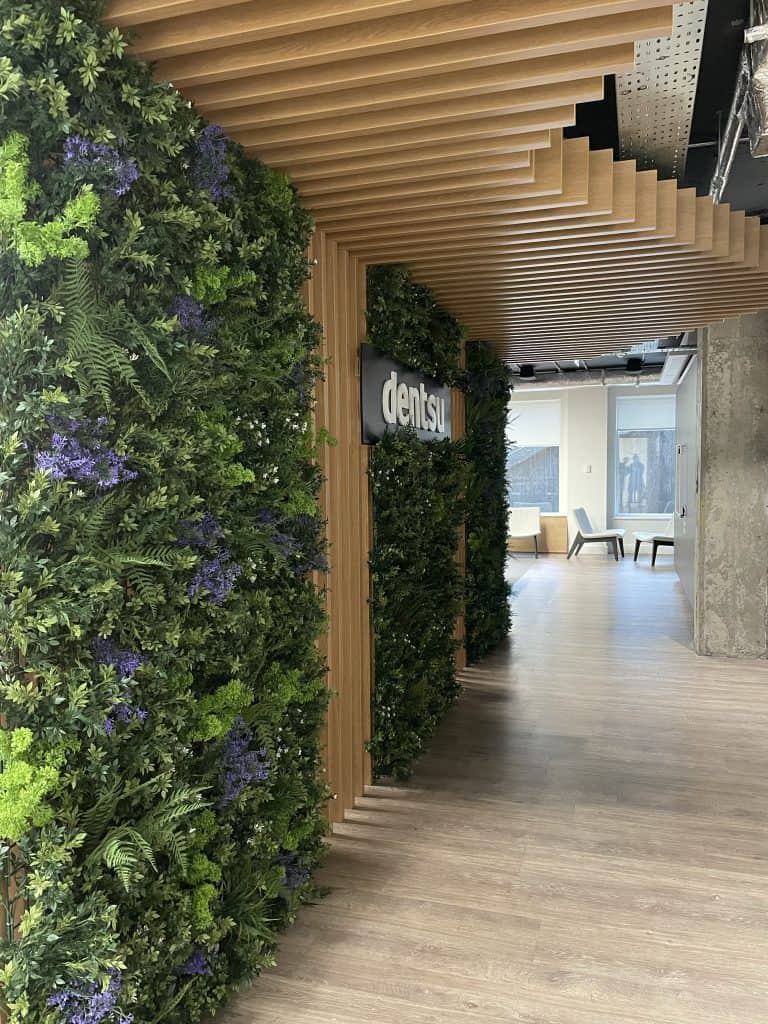
 close
close